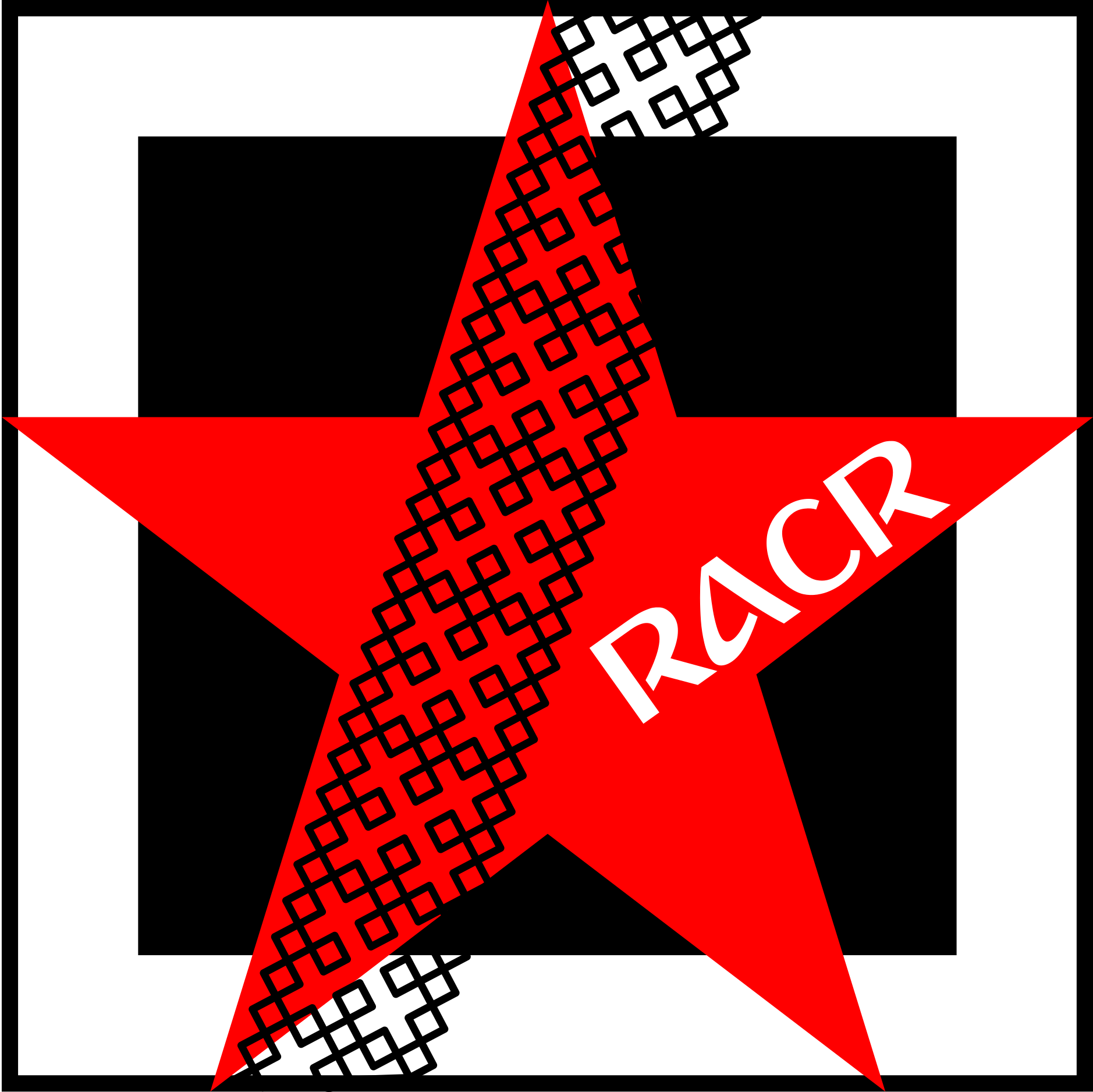Oleg Tarasov
The Icon Within the Icon: The Rhetoric of the Composition and the Peculiarities of Icon Veneration in Russia.
Nowhere other than in Imperial Russia will we find such a dissemination in the eighteenth and nineteenth centuries of icons for the common people on which icons are depicted. Nowhere else were images of Lives and small icons for prayer, with large numbers of the heavenly host depicted on them, so widespread and popular; finally, nowhere else did the people so venerate icons on which the saints were represented in prayer before the image of the Mother of God, or little icons intended for pilgrims on which might be depicted a saint with the monastery he or she founded. More over the Russian icon itself could be as if transformed into the framing of a reliquary, an ancient kind of sacred object. As we know that in Old Believer devotion the significance of an ancient icon grew greater in the process of meditation. This is reflected in the appearance of a special type of Old Believer icon called an ‘insertion’ – the ancient image was inserted into a new icon and became a component of the new composition. Thus the new icon fulfilled the function of a rhetorical framing to the ancient holy object. My presentation shows that all of these were peculiarities of Russian piety, the expression of a special popular reverence towards the image and an important aspect of the popular cult of the saints. In this preference for incorporating an icon into the sacred space of another icon, the special significance of the image in the economy of salvation was reflected.
October 14, 2020
14.30 (Vienna) | 8.30 am (NYC) | 3.30 pm (Moscow) | 8.30 pm (Singapore)
online via Zoom
See program of the Eighth Graduate Workshop for other interesting talks.
